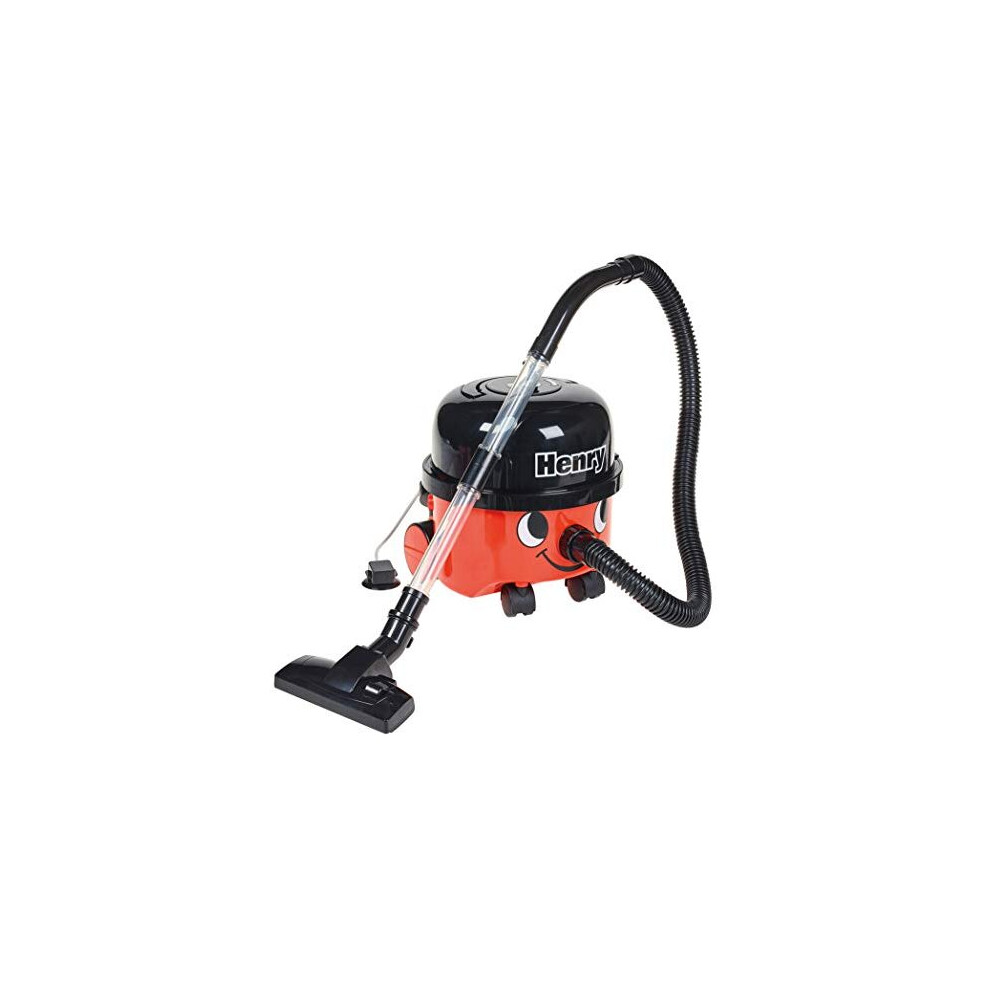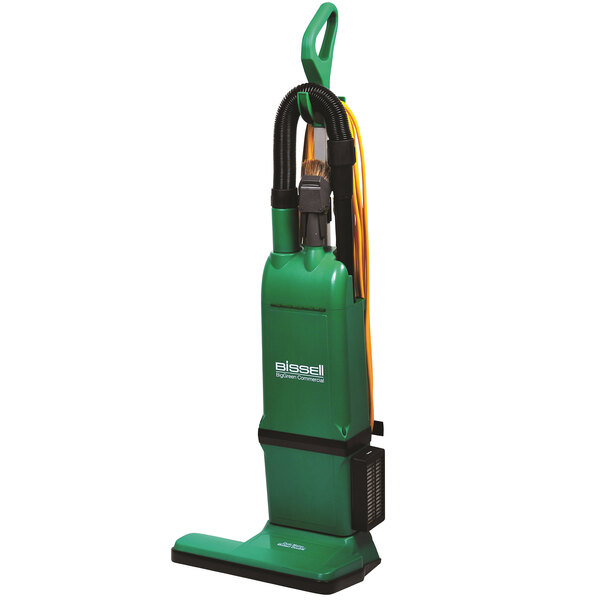The Basic Components of a Vacuum Cleaner
How a vacuum cleaner works? Understanding how a vacuum cleaner works starts with its core components. Each part plays a vital role.

The Electric Motor and Suction Mechanism
The heart of a vacuum cleaner is the electric motor. When you switch the vacuum on, the motor starts spinning. This creates suction, much like when you drink through a straw. Air rushes in, carrying dust and debris with it. The design of fans and the motor determines how strong the suction is. It’s the key factor behind the cleaning power of the vacuum.
The Filters and Their Role in Dust Collection
The air pulled in by the vacuum contains dirt and particles. Filters trap these, so they don’t blow back into your home. As air passes through the filter, it separates dust from clean air. High-Efficiency Particulate Air (HEPA) filters can trap tiny particles. Regular cleaning or replacing the filters ensures your vacuum keeps working well.
The Vacuum Bag or Dust Canister
Once the air goes through the filter, the vacuum collects the debris. This is where vacuum bags or dust canisters come in. Bags store dirt until full and then you discard them. Canisters collect dust and you can empty and reuse them. The choice between bags and canisters often comes down to personal preference and the model of the vacuum.
Various Attachments and Their Uses
Vacuums come with different attachments for various cleaning tasks. A crevice tool reaches into tight spots. Upholstery attachments help clean sofas and chairs. There are also brushes for delicate surfaces. Each attachment helps you clean your home more effectively. Using the correct attachment for the task can make a big difference.
The Science of Suction: Creating a Vacuum
To understand how a vacuum cleaner works, it’s crucial to grasp the science behind the suction. It’s this suction that is at the cornerstone of a vacuum cleaner’s functionality. The process is simple yet fascinating and relies heavily on the principle of air pressure differences. It’s these differences that give your vacuum cleaner the power to pick up dirt and debris from your floors.

How Air Pressure Differences Power Your Cleaner
When the vacuum cleaner’s motor starts, it does more than merely spin; it creates a drop in air pressure inside the cleaning unit compared to the surrounding atmosphere. This drop in pressure creates a partial vacuum within the machine. The higher air pressure outside the vacuum then pushes air into the lower pressure area inside it, carrying along dust and debris in its path.
This flow of air into the vacuum cleaner is what we experience as suction. The continuous movement of air drives the cleaning process, allowing the vacuum to pick up and contain dirt. It’s through such an efficient and simple scientific principle that our floors remain clean and debris-free. By understanding how air pressure differences power your cleaner, you better appreciate the technology you’re using every time you clean your home.
The Different Types of Vacuum Cleaners
Understanding how a vacuum cleaner works can help you choose the right type for your needs. There are several designs each with their own advantages and challenges.

Upright Vacuums: Pros and Cons
Upright vacuums are popular for their ease of use and powerful suction. They work well on carpets and come with various attachments. Their design, however, makes them heavier. This can make them hard to push. They are also not as easy to store as other types.
Canister Vacuums: Maneuverability and Power
Canister vacuums feature a separate unit for the motor and receptacle, connected by a hose to the vacuum head. They are lighter than upright models and easier to maneuver. This makes them great for stairs and under furniture. They often offer strong suction like uprights. But, they can be cumbersome when moving from room to room.
Handheld and Robotic Vacuums: Convenience and Limitations
Handheld vacuums are light and portable, ideal for quick cleanups. They work great for cars or small spills. Their small size means less power and a smaller dust capacity. Robotic vacuums offer the ultimate in convenience, cleaning on their own. The downside is their cost and sometimes they miss spots, especially in cluttered areas.
The Step-by-Step Cleaning Process
Every sweep of your vacuum cleaner is a meticulously orchestrated process.
From Carpet to Canister: The Journey of Dirt
First, you glide the vacuum over your carpet or floor. The brush roll agitates the fibers, dislodging dirt. Powerfully sucked in, dirt travels through the vacuum hose. Then, it finds its way into either a bag or canister. Understanding this path helps us maximize our vacuum’s effectiveness.
Cyclonic Technology vs Traditional Dust Bags
Now, two prominent systems exist in vacuums: cyclonic technology and traditional dust bags. Cyclonic vacuums spin air rapidly, using centrifugal force to separate dust. Dirt falls into a canister while air escapes back out. Traditional bags, on the other hand, hold all the dirt until they’re replaced. Choosing between them often depends on preference for either consistent suction or the convenience of bag disposal.
Vacuum Cleaner Maintenance Tips
Proper upkeep is essential for your vacuum to perform at its best.
Regular Cleaning for Optimal Performance
To keep your vacuum running smoothly, regular cleaning is critical. Start by emptying the dust canister or replacing the vacuum bag once it’s full to avoid clogging and maintain suction power. Brush rolls should be free from entangled hairs and debris. Check and clean the filters monthly – washable filters can be rinsed and air-dried, while others might need a gentle brush-off. Lastly, wipe the exterior with a damp cloth to keep your vacuum looking as good as it works.
When to Replace Filters and Belts
Over time, filters can’t be cleaned effectively and will need replacing. Check your user manual for the recommended schedule. Usually, HEPA filters require changing every six months, ensuring the air in your home stays clean. Similarly, the vacuum belt, responsible for turning the brush roll, can stretch or wear. Listen for changes in noise, and inspect the belt regularly for any signs of damage – a saggy or snapped belt means it’s time for a new one. Replace belts annually or following signs of wear to uphold your vacuum’s efficiency.
Innovations in Vacuum Cleaner Technology
The world of vacuum cleaners is rapidly evolving with new advancements that revolutionize how we clean our homes. Innovations touch on every aspect of vacuum cleaner design and performance, from filtration systems to autonomous operation.
Advancements in Filtration Systems
Filtration technology in vacuum cleaners has come a long way. Newly developed materials and designs capture more dust and allergens than ever. Many contemporary models now include HEPA filters as a standard. They trap 99.97% of particles, making the air in your home healthier. Some vacuums even boast washable filters, reducing waste and saving costs. Multi-layer filtration systems are also on the rise, combining several types of filters to catch particles of various sizes for thorough cleaning.
The Future of Robotic and Smart Vacuums
Looking forward, the robotic vacuum sector stands out. These smart robots are becoming more efficient and intelligent. They can map out your living space with precision. They adjust cleaning patterns and detect dirtier areas that need more attention. Many connect to home Wi-Fi networks, allowing you to control them from your smartphone. Coupled with voice command compatibility, they offer ultimate convenience. The future holds promise for even smarter vacuums with better battery life, more powerful suction, and even self-emptying capabilities. This is all part of the trend towards making cleaning as hands-free as possible.


